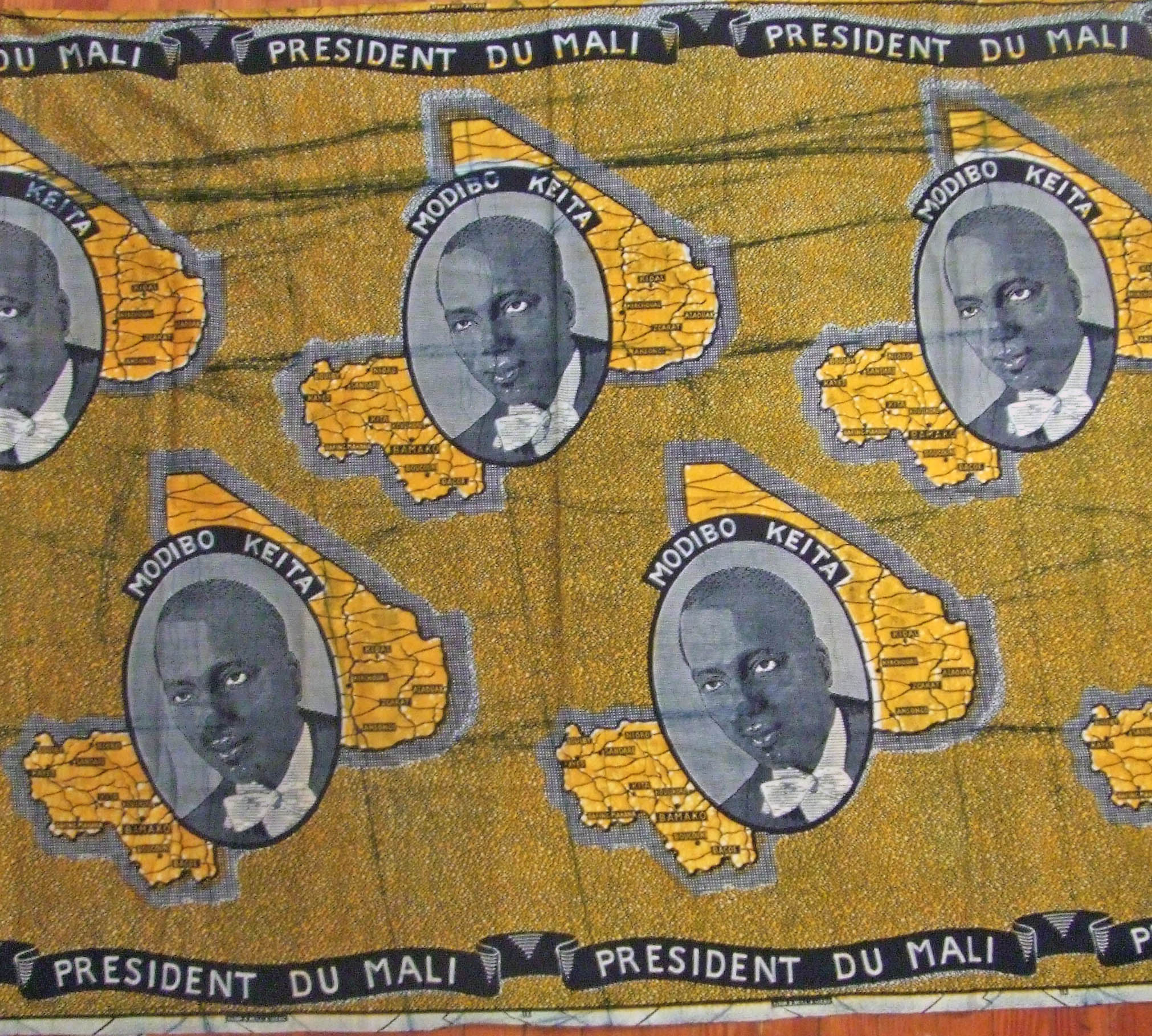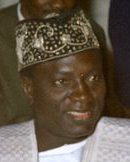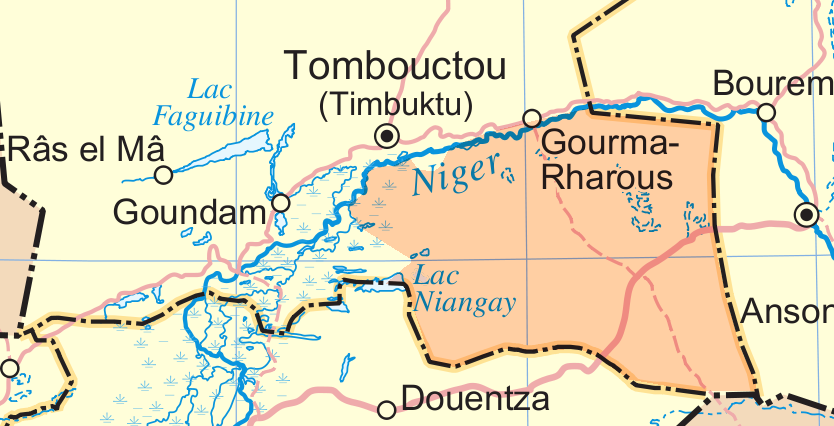|
Slavery In Mali
Slavery in Mali exists today, with as many as 200,000 people held in direct servitude to a master. Since 2006, a movement called ''Temedt'' has been active in Mali struggling against the persistence of slavery and the discrimination associated with ex-slaves. There were reports that in the Tuareg Rebellion (2012), Tuareg Rebellion of 2012, ex-slaves were recaptured by their former masters. Moreover, the phenomenon of descent-based slavery still persist in different ethnic groups. Slavery in Mali existed across different ethnic groups of Pre-Imperial Mali before the Muslim conquest of the Sudan, Muslim conquest. Slavery increased in importance with the Trans-Saharan slave trade trans-Saharan trade, across the Sahara during the Middle Ages, particularly during the Mali Empire, which traded West African slaves to the Berbers, Berber and Arabic polities of North Africa. Following the collapse of the Mali Empire (c. 1600 AD), slave raiding increased and the slave trade became a key par ... [...More Info...] [...Related Items...] OR: [Wikipedia] [Google] [Baidu] |
Tuareg Rebellion (2012)
The Tuareg Rebellion of 2012 was an early stage of the Mali War; from January to April 2012, a war was waged against the Malian government by rebels with the goal of attaining independence for the northern region of Mali, known as Azawad. It was led by the National Movement for the Liberation of Azawad (MNLA) and was part of a series of insurgencies by traditionally nomadic Tuaregs which date back at least to 1916. The MNLA was formed by former insurgents and a significant number of heavily armed Tuaregs who fought in the Libyan Civil War. On 22 March, President Amadou Toumani Touré was ousted in a coup d'état over his handling of the crisis, a month before a presidential election was to have taken place. Mutineering soldiers, under the banner of the National Committee for the Restoration of Democracy and State, (CNRDR) suspended the constitution of Mali, although this move was reversed on 1 April. The Islamist group Ansar Dine, too, began fighting the government in later st ... [...More Info...] [...Related Items...] OR: [Wikipedia] [Google] [Baidu] |
Republic Of Mali
Mali (; ), officially the Republic of Mali,, , ff, 𞤈𞤫𞤲𞥆𞤣𞤢𞥄𞤲𞤣𞤭 𞤃𞤢𞥄𞤤𞤭, Renndaandi Maali, italics=no, ar, جمهورية مالي, Jumhūriyyāt Mālī is a landlocked country in West Africa. Mali is the eighth-largest country in Africa, with an area of over . The population of Mali is million. 67% of its population was estimated to be under the age of 25 in 2017. Its capital and largest city is Bamako. The sovereign state of Mali consists of eight regions and its borders on the north reach deep into the middle of the Sahara Desert. The country's southern part is in the Sudanian savanna, where the majority of inhabitants live, and both the Niger and Senegal rivers pass through. The country's economy centres on agriculture and mining. One of Mali's most prominent natural resources is gold, and the country is the third largest producer of gold on the African continent. It also exports salt. Present-day Mali was once part of th ... [...More Info...] [...Related Items...] OR: [Wikipedia] [Google] [Baidu] |
Modibo Keïta
Modibo Keïta (4 June 1915 – 16 May 1977) was the first President of Mali (1960–1968) and the Prime Minister of the Mali Federation. He espoused a form of African socialism. Youth Keïta was born in Bamako-Coura, a neighborhood of Bamako, which was at the time the capital of French Sudan. His family were Malian Muslims who claimed direct descent from the Keita dynasty, the founders of the medieval Mali Empire. His nickname after primary schooling was Modo. He was educated in Bamako and at the école normale William-Ponty in Dakar, where he was top of his class. Beginning in 1936, he worked as a teacher in Bamako, Sikasso and Tombouctou. He married Mariam Travélé, who was also a teacher, in September 1939. Entering politics Modibo Keïta was involved in various associations. In 1937, he was the coordinator of the art and theater group. Along with Ouezzin Coulibaly, he helped found the Union of French West African Teachers. Keïta joined the Communist Study Groups ... [...More Info...] [...Related Items...] OR: [Wikipedia] [Google] [Baidu] |
President Of Mali
This is a list of heads of state of Mali since the country gained independence from France in 1960 to the present day. A total of seven people have served as head of state of Mali (excluding three acting presidents). Additionally, two people, Amadou Toumani Touré and Assimi Goïta, have served on two non-consecutive occasions. The current head of state of Mali is interim president Assimi Goïta, who took power for a second time on 24 May 2021, after dismissing previous interim president Bah Ndaw in the 2021 coup d'état. He has since been constitutionally declared interim president of Mali. Heads of state Titles * 1960–1965: Head of State * 1965–1968: President of the Republic * 1968–1969: Chairman of the Military Committee for National Liberation * 1969–1979: Head of State * 1979–1991: President of the Republic * 1991: Chairman of the National Reconciliation Council * 1991–1992: Chairman of the Transitional Committee for the Salvation of the People * 1992–20 ... [...More Info...] [...Related Items...] OR: [Wikipedia] [Google] [Baidu] |
Keita 001 , a Malian multi-purpose sports stadium
{{disambiguation, geo ...
Keita or Keïta may refer to: People * Keita (given name) * Keita (surname) History * Keita Dynasty, a ruling lineage of Mali Geography * Keita Department, a region of Niger * Keita, Niger, a town in Keita department Politics * Keita Integrated Development Project, a food security project in Niger Entertainment * ''Keïta! l'Héritage du griot'', a 1995 Burkinabé film by Dani Kouyaté Sport * Centre Salif Keita, a Malian football club * Pavillon des sports Modibo Keita, a Malian indoor sporting arena * Stade Centre Salif Keita, a Malian football stadium * Stade Modibo Kéïta Stade Modibo Keïta is a multi-purpose stadium in Bamako, Mali. It is currently used mostly for football (soccer), football matches, serving as a home ground for AS Real Bamako and, occasionally, the Mali national football team, national team. T ... [...More Info...] [...Related Items...] OR: [Wikipedia] [Google] [Baidu] |
Diaspora
A diaspora ( ) is a population that is scattered across regions which are separate from its geographic place of origin. Historically, the word was used first in reference to the dispersion of Greeks in the Hellenic world, and later Jews after the Babylonian exile. The word "diaspora" is used today in reference to people who identify with a specific geographic location, but currently reside elsewhere. Examples of notably large diasporic populations are the Assyrian–Chaldean–Syriac diaspora, which originated during and after the early Arab-Muslim conquests and continued to grow in the aftermath of the Assyrian genocide; the southern Chinese and Indians who left their homelands during the 19th and 20th centuries; the Irish diaspora that came into existence both during and after the Great Famine; the Scottish diaspora that developed on a large scale after the Highland Clearances and Lowland Clearances; the nomadic Romani population from the Indian subcontinent; the Ita ... [...More Info...] [...Related Items...] OR: [Wikipedia] [Google] [Baidu] |
Gourma-Rharous Cercle
Gourma-Rharous Cercle is an administrative subdivision of the Tombouctou Region of Mali. The administrative center is the town of Gourma-Rharous. The route of the annual circular migration of the Gourma elephants crosses a number of communes in the cercles of Gourma-Rharous and Douentza ( Mopti Region). Lake Banzena () in the commune of Bambara Maoudé serves as an important source of water for the elephants at the end of the dry season (April to June). The cercle is divided into nine communes:. * Bambara Maoudé * Banikane *Gossi * Hamzakoma *Haribomo Haribomo is a rural commune of the Cercle of Gourma-Rharous in the Tombouctou Region of Mali. The commune contains 29 villages and in the 2009 census had a population of 7,389. The principal village (''chef-lieu An administrative center is ... * Inadiatafane * Ouinerden * Rharous * Séréré References Cercles of Mali Tombouctou Region {{Tombouctou-geo-stub ... [...More Info...] [...Related Items...] OR: [Wikipedia] [Google] [Baidu] |
Gold Coast (British Colony)
The Gold Coast was a British Crown colony on the Gulf of Guinea in West Africa from 1821 until its independence in 1957 as Ghana. The term Gold Coast is also often used to describe all of the four separate jurisdictions that were under the administration of the Governor of the Gold Coast. These were the Gold Coast itself, Ashanti, the Northern Territories Protectorate and the British Togoland trust territory. The first European explorers To arrive at the coast were the Portuguese in 1471. They encountered a variety of African kingdoms, some of which controlled substantial deposits of gold in the soil. In 1483, the Portuguese came to the continent for increased trade. They built the Castle of Elmina, the first European settlement on the Gold Coast. From here they acquired slaves and gold in trade for European goods, such as metal knives, beads, mirrors, rum, and guns. News of the successful trading spread quickly, and British, Dutch, Danish, Prussian and Swedish traders ar ... [...More Info...] [...Related Items...] OR: [Wikipedia] [Google] [Baidu] |
Timbuktu
Timbuktu ( ; french: Tombouctou; Koyra Chiini: ); tmh, label=Tuareg, script=Tfng, ⵜⵏⴱⴾⵜ, Tin Buqt a city in Mali, situated north of the Niger River. The town is the capital of the Tombouctou Region, one of the eight administrative regions of Mali and one town of Songhai people. It had a population of 54,453 in the 2009 census. Timbuktu began as a seasonal settlement and became a permanent settlement early in the 12th century. After a shift in trading routes, particularly after the visit by Mansa Musa around 1325, Timbuktu flourished from the trade in salt, gold, ivory and slaves. It gradually expanded as an important Islamic city on the Saharan trade route and attracted many scholars and traders. It became part of the Mali Empire early in the 14th century. In the first half of the 15th century, the Tuareg people took control of the city for a short period until the expanding Songhai Empire absorbed the city in 1468. A Moroccan army defeated the Songhai in 159 ... [...More Info...] [...Related Items...] OR: [Wikipedia] [Google] [Baidu] |
Caste System
Caste is a form of social stratification characterised by endogamy, hereditary transmission of a style of life which often includes an occupation, ritual status in a hierarchy, and customary social interaction and exclusion based on cultural notions of purity and pollution. * Quote: "caste ort., casta=basket ranked groups based on heredity within rigid systems of social stratification, especially those that constitute Hindu India. Some scholars, in fact, deny that true caste systems are found outside India. The caste is a closed group whose members are severely restricted in their choice of occupation and degree of social participation. Marriage outside the caste is prohibited. Social status is determined by the caste of one's birth and may only rarely be transcended." * Quote: "caste, any of the ranked, hereditary, endogamous social groups, often linked with occupation, that together constitute traditional societies in South Asia, particularly among Hindus in India. Althoug ... [...More Info...] [...Related Items...] OR: [Wikipedia] [Google] [Baidu] |
Niger River
The Niger River ( ; ) is the main river of West Africa, extending about . Its drainage basin is in area. Its source is in the Guinea Highlands in south-eastern Guinea near the Sierra Leone border. It runs in a crescent shape through Mali, Niger, on the border with Benin and then through Nigeria, discharging through a massive delta, known as the Niger Delta (or the Oil Rivers), into the Gulf of Guinea in the Atlantic Ocean. The Niger is the third-longest river in Africa, exceeded by the Nile and the Congo River. Its main tributary is the Benue River. Etymology The Niger has different names in the different languages of the region: * Fula: ''Maayo Jaaliba'' * Manding: ''Jeliba'' or ''Joliba'' "great river" * Tuareg: ''Egerew n-Igerewen'' "river of rivers" * Songhay: ''Isa'' "the river" * Zarma: ''Isa Beeri'' "great river" * Hausa: ''Kwara'' *Nupe: ''Èdù'' * Yoruba: ''Ọya'' "named after the Yoruba goddess Ọya, who is believed to embody the ri ... [...More Info...] [...Related Items...] OR: [Wikipedia] [Google] [Baidu] |

.jpg)






%2C_scene_at_the_river_front.jpg)